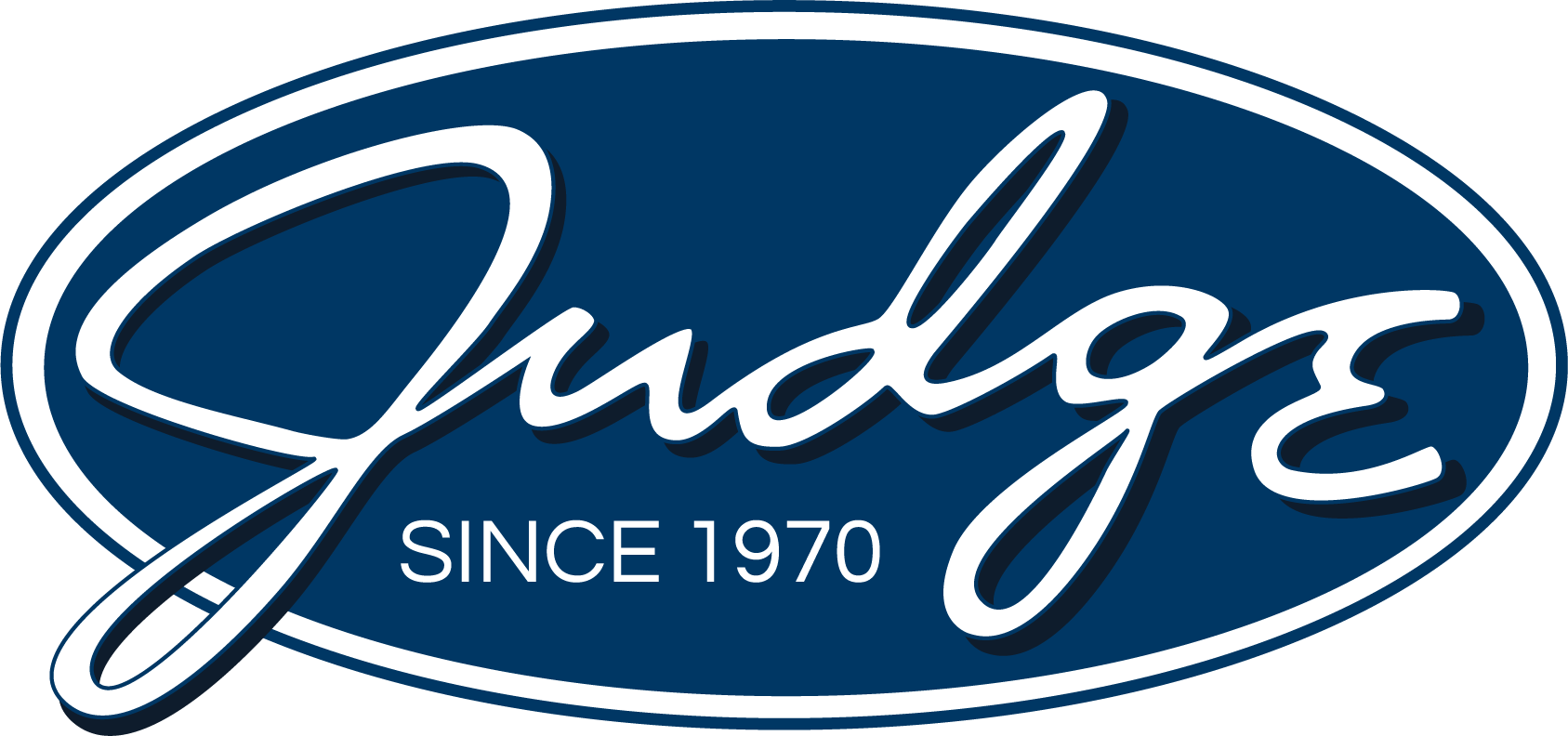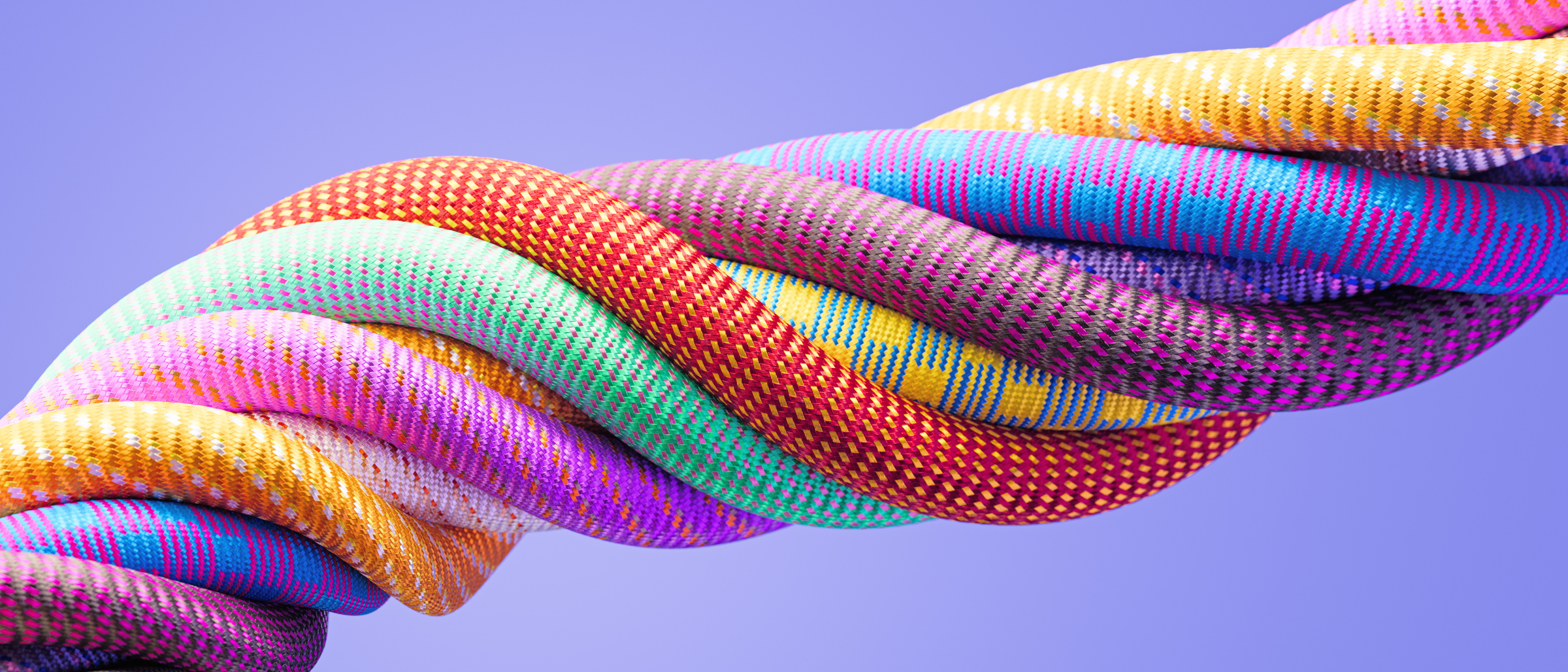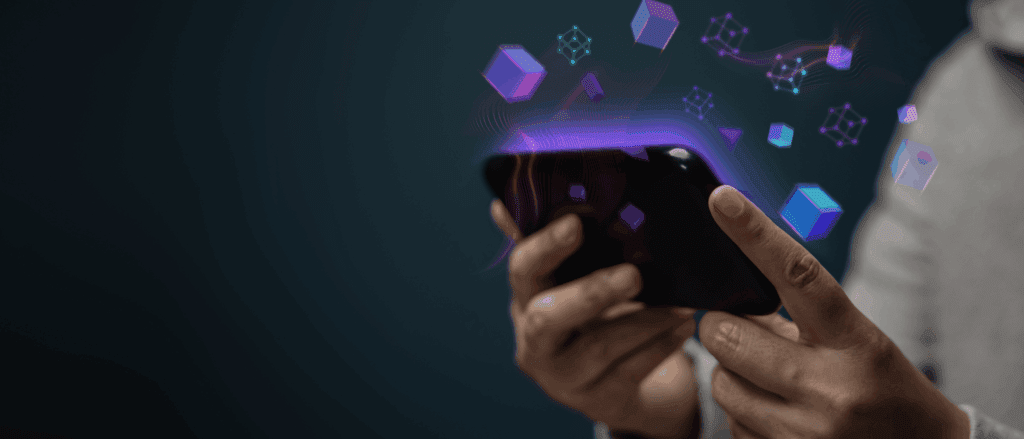The New Motivators: How Culture and Flexibility Shape Creative Careers
The creative workforce looks very different today than it did just a few years ago. Compensation still matters, but it’s no longer the most important deciding factor. What really drives creative and marketing professionals now is the ability to do work that feels meaningful, to grow in their craft, and to have the freedom to do it in ways that fit their lives.
After more than a decade of recruiting creative talent, I’ve seen those priorities shift firsthand. When I talk with candidates today, they’re less focused on job titles and more interested in where they’ll feel supported and inspired to do their best work.
Here’s what really matters for creative professionals.
Remote Work Changed Everything
The rise of remote work upended how creative professionals think about opportunity. Geography used to be a constraint; now it’s barely relevant. A designer in Kansas City can collaborate with a brand in New York, a marketing strategist in Austin can shape campaigns for a global company, and both can build portfolios that span industries and time zones.
For employers, this shift means access to a deeper bench of talent — people with new ideas who might never have been within reach before. For creatives, it’s opened doors that used to stay closed. The best results happen when both sides meet in the middle: companies finding the right person for the role, and creative professionals finding a place where their voice truly fits. Flexibility works – both for professionals and employers.
What “Meaningful Work” Really Means
When creatives talk about purpose, they’re looking for proof that their work matters; something tangible they can point to with pride. They want to see their ideas come to life and make a difference, whether that’s helping a brand evolve, engaging new audiences, or shaping how a story is told.
That connection between creativity and outcome is what keeps people engaged through late nights, feedback loops, and revisions. Being part of the full process, from concept to execution, builds both skill and fulfillment.
The Culture Equation
Creative culture is defined less by perks and more by how people collaborate, how openly ideas are shared, and how leaders respond when someone takes a chance.
In my experience, the most successful creative environments emphasize:
- Open dialogue: People feel comfortable sharing half-formed ideas without fear of judgment
- Psychological safety: Teams know leadership will back them when they experiment
- Recognition: Wins are celebrated publicly, and feedback happens consistently
- Inclusivity: Diverse perspectives are genuinely seen as an advantage
I’ve also seen clients get inventive with how they show appreciation — short “flex weeks” with lighter hours, stipends for professional development, or intentional recognition moments that spotlight exceptional work. Small gestures like these reinforce a culture of respect and trust.
Managing Burnout Before It Starts
Creative burnout often comes from repetition, blurred boundaries, or feeling disconnected from the end goal. The best employers catch those warning signs early and act on them.
Some of the most effective strategies I’ve seen include:
- Rotating projects to keep work fresh
- Balancing workloads through thoughtful hiring and scheduling
- Offering professional development to keep people growing
- Encouraging honest check-ins before stress becomes exhaustion
When creative professionals feel supported and trusted, they’re far more likely to stay engaged (and stay put).
Growth and Upskilling as Retention Drivers
The creative field moves fast. Tools change, audiences shift, and new platforms are born overnight. Professionals who thrive are the ones who keep learning, and employers who nurture that instinct stand out.
Many creative professionals are hungry to expand their skill sets. That might mean learning a new design tool or taking on a side project that pushes their limits. Organizations that make space for that kind of curiosity see stronger teams and better work as a result.
What Creative Talent Looks for Today
When evaluating potential employers, creative professionals want to know how work actually gets done: how leadership communicates, how ideas are treated, and whether they’ll have a voice in shaping outcomes.
Flexibility remains one of the biggest differentiators. It allows people to work where and how they’re most productive, while stability and respect for creative work ensure they stay. The companies that treat creativity as a strategic asset, not just a function, tend to attract the best talent.
How The Judge Group Helps Clients Adapt
At The Judge Group, we’ve built a dedicated creative staffing division that’s fully immersed in this evolving landscape. Our recruiters come from creative and digital backgrounds themselves, so we understand both the technical requirements and the human motivators behind every great hire.
We help clients shape roles and teams that reflect how creative professionals want to work today. Our reach extends across industries and regions, connecting companies with the right people to move their brands forward.
The Human Element Still Matters Most
Technology will keep reshaping how creative work gets done, but it can’t replace the intuition and empathy that make ideas resonate. The future belongs to organizations that pair efficiency with understanding — leveraging new tools while honoring the human spark that drives all great creative work.
When companies embrace that balance, they don’t just attract better talent. They build teams that stay inspired. Reach out to Judge today to learn more about our approach to creative and marketing staffing.





